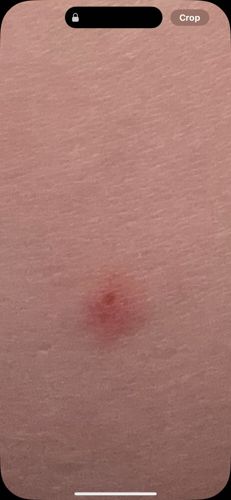Mosquito
Scientific Name: Culicidae
Order & Family: Diptera, Culicidae
Size: Typically 3 to 6 mm (0.12 to 0.24 inches) in length, though some species can be larger.

Natural Habitat
Mosquitoes are found in nearly every habitable land area in the world. They thrive in warm, humid environments, especially near standing water sources like ponds, swamps, marshes, ditches, and even small containers like buckets or tires, as these are essential for their larval development.
Diet & Feeding
Adult female mosquitoes feed on blood to obtain protein for egg production, biting humans and other animals. Males and both sexes also feed on nectar and plant juices for energy.
Behavior Patterns
Mosquitoes are most active during dawn and dusk, though some species are active throughout the day or night. They are attracted to carbon dioxide, body heat, and certain chemicals present on skin. Females lay their eggs in or near water, which hatch into larvae and then pupae before emerging as adults. Their flight is characterized by a high-pitched buzzing sound.
Risks & Benefits
Potential Risks: Mosquitoes are significant vectors of numerous diseases, including malaria, dengue fever, Zika virus, West Nile virus, chikungunya, and yellow fever, posing a serious public health threat globally. Their bites can also cause intensely itchy welts. Potential Benefits: In some ecosystems, mosquitoes (especially larvae) serve as food for other organisms, such as fish, birds, and insects. Adult mosquitoes, through their nectar feeding, can contribute to the pollination of some plants, though this role is generally considered minor compared to their negative impact as disease vectors.
Identified on: 9/7/2025